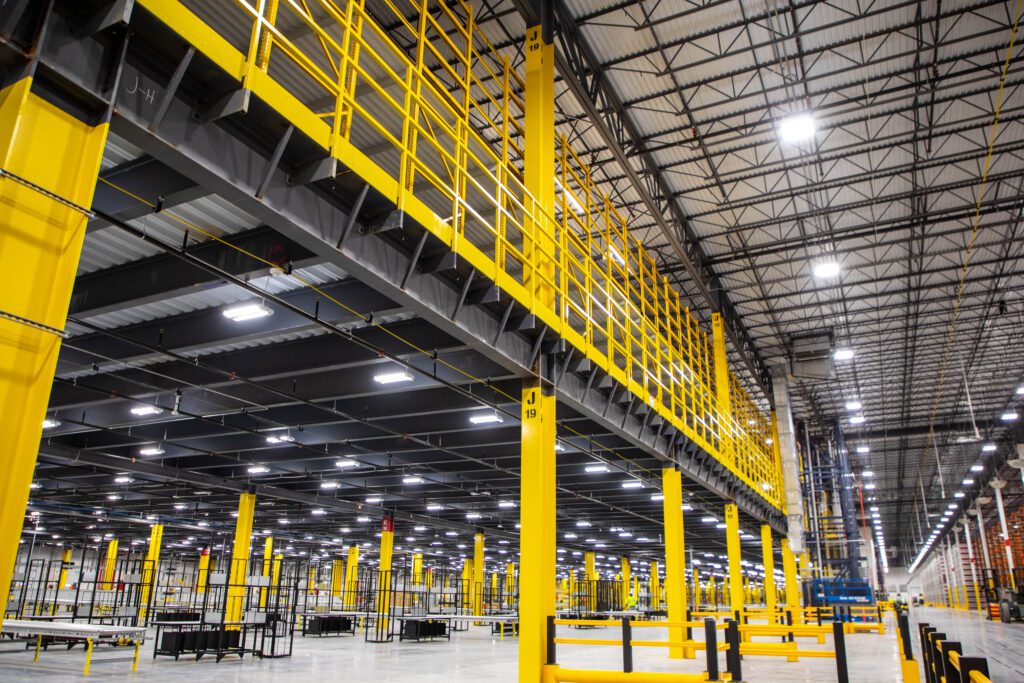Illuminate Savings: Cutting Costs with Smart Lighting
Explore the benefits of smart lighting—lower energy bills, fewer maintenance costs, and a greener future. Partner with Rogers Electric for smarter upgrades.
Read MoreDid you know that a historical rivalry began due to AC vs. DC power? The “War of the Currents” started as a battle to prove the validity of each power source. Thomas Edison and Nikola Tesla contended to establish their inventions as the premier source of power.
What makes these power sources different and which one truly won the “War of Currents”?
As a young engineer, Nikola Tesla developed a new type of motor. One that seemed far more capable to his superior, Thomas Edison’s, DC motor. This was just the beginning of a battle that lasted years.
It began with a lightbulb… Thomas Edison’s famous “direct current” was developed to have an electric charge that flows in one direction. Today, DC power is typically used by sources such as batteries, solar cells, and fuel cells. This current is also found in our cellular devices.
But was the power of DC enough to discredit alternating current? Edison campaigned far and wide to prove AC power to be illegitimate. But the capabilities of alternating current speak for themselves.
Working in conjunction with AC power, direct current delivers long lasting battery usage within our daily lives. DC power is typically never used for long distance, large scale power. Nikola Tesla found the solution to what direct current was missing.

Nikola Tesla’s “alternating current” was developed to have an electric charge that flows in alternating directions, (hence the name). Today, AC power is the most common form of electricity used in homes, businesses, and industries worldwide. It is the type of electricity distributed through power grids by utility companies.
The primary reason for choosing AC power over direct current power is that AC power enables efficient generation and transmission over long distances while incurring minimal losses. Additionally, transformers can readily transform alternating power to various voltage levels.
In his efforts, Thomas Edison could not disprove the science behind AC power. In his pride, he mistook an innovative development for an enemy. What he did not see is that AC works to strengthen the capabilities of DC.
Ultimately, both DC and AC power exhibit unique strengths. AC power triumphs in homes and industries, guaranteeing efficient distribution. The installation of these extensive systems falls within the responsibilities of Rogers Electric’s commercial electricians, enabling this power source to perform its duties effectively on our behalf.

While DC power remains crucial for electronics, portables, and specialized industries. As technology advances, both currents may converge to offer innovative and sustainable energy solutions that can be installed by commercial electricians.
The “War of Currents” remains unresolved, yet the prioritization of one power source over the other eludes us. Alternating and direct currents collaborate to present transformative energy solutions, installations of which lie within the realm of capability for commercial electricians. Recognizing these distinctions enables us to identify avenues for growth within the electrical industry.
At Rogers Electric, our team of commercial electricians boasts extensive experience in installing both AC and DC current sources. Whether it’s electric vehicle chargers or warehouse lighting systems, our commercial electricians possess the know-how to complete tasks proficiently.
With a four-decade track record, we hold a wealth of expertise to cater to your commercial requirements. Rogers Electric ensures the safe and swift installation of all your power necessities in any commercial environment. For more details and to explore our knowledgeable team of commercial electricians and the range of services we offer, click here.